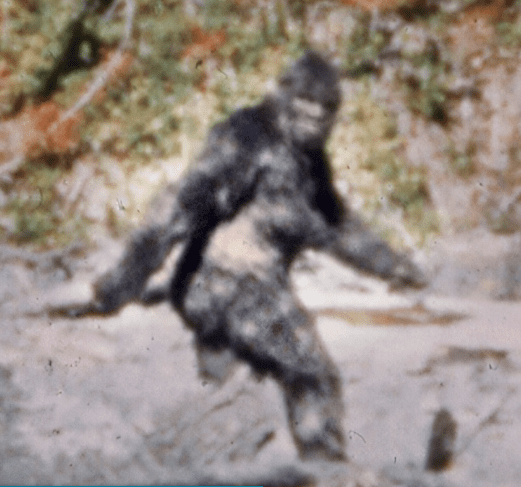Using Creatures to Deepen your Story’s Structure
It’s common to think of fantastical beings, entities, or spirits as fearful foes that have the ability to take hold of our rationale and force us to keep the light on at night. Unfortunately, many creatures have gotten a bad reputation.
Visualize an evil clown or a vampire’s bloody fangs. When we hike a trail in the dense forest, we fear the possibility of encountering the man-eating Bigfoot. We’ve read horror stories of malicious witches residing in the woods seducing travelers, or worse, luring children and eating them for dinner. Many tourists flock to Scotland’s Loch Ness in hopes to grab a glimpse of the famous water creature surfacing, yet remain on the shore for fear of a capsized boat under the beast’s might. Each of these creatures symbolize deeper meaning than the surfaced definitions.

The Power of Using Creatures in Storytelling
Creatures add value and are not in stories to simply create fear. Take for instance, the clown in Stephen King’s IT, or a side character like a Dementor, found in Harry Potter. In each example, yes, the monster is scary, but its significance is embedded in the story to help the character overcome fear, oppression, and the abuse of power. The creature, then, helps the overall arc of change in that main character so she may reach her ultimate goal.
From a basic perspective, creatures have the power and prowess to:
- Convey hidden meaning
- Transcend space and time
- Cannot be controlled
- Challenge societal constructs
- Capture hidden truth of a society
- Deepen the structure of story by embracing symbolism
Let’s use Bigfoot to clarify the bullet points mentioned above.
Bigfoot has many different names around the world. Sasquatch, Yeti, Yowie, Abominable Snowman, and plenty more if we reference indigenous cultures around the world. Regardless of his geographical location, his essence, or purpose, doesn’t change.
We’ve heard the tales of Bigfoot’s rancid stench as he attacks hikers, symbolizing power and prowess, in the deepest parts of the forest. But what if I told you that this elusive cryptid is a protector of the forest, of Mother Earth herself. His origin story is hidden with meaning.
Bigfoot is elusive, by transcending space and time, and has never been caught. All we have are some pixeled images and footprint casts. We’ve never found his dead body! He is powerful, cannot be controlled, and challenges societal constructs by a governing body, because unlike all of us paying taxes and mortgages, Bigfoot has the freedom to roam the vast earth, living instinctively off the land, and becoming one with nature. And finally, Bigfoot captures the hidden truth of a society by exposing humans’ desire to control nature, when in fact, we have no control over it.
Reflection
Mystical creatures are at the root of societies, cultures, and civilizations throughout history and can play a significant role in structuring your story’s tone. They are mysterious entities that challenge societal constructs because they are not easily controlled, comprehended, or pigeon-holed. They have personalities and emotions and live in realms in which time and space are irrelevant. But for the sake of a writer, creatures give our stories depth, whether the reader realizes the implications immediately or not.
Creatures of myth, legend, and lore convey not only hidden meaning, but are as mysterious as the source. Utilizing these types of creatures in literature transcends beyond the literal concept of scary monsters trying to kill humans and other beasts. They are symbols of power, prowess, the evolution of human thought, and uniting the commonality of societies.
Writers can access the power of creatures, spirits, and various entities of mysticism and lore in order to deepen the structure of story by embracing the power of symbolism in storytelling.
-RADolence
